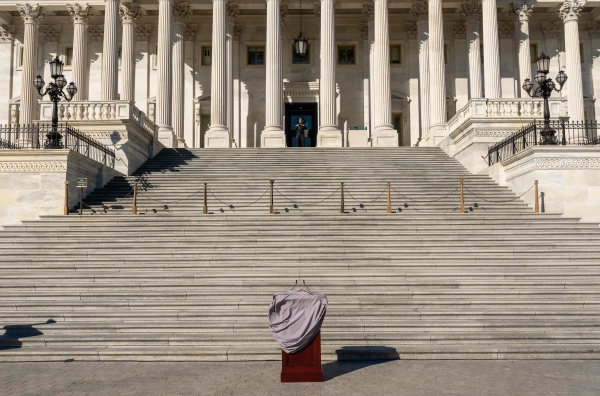
Li Zhou is a politics reporter at Vox, where she covers Congress and elections. Previously, she was a tech policy reporter at Politico and an editorial fellow at the Atlantic.
On Thursday, the House passed the Respect for Marriage Act, a historic bill that codifies federal protections for marriage equality and demonstrates a stark reversal nearly a quarter-century after Congress passed a bill intended to deny same-sex couples those same rights.
An overwhelming majority of House lawmakers supported the bill, including 39 Republicans, voting 258-169 to pass a version of it for the second time. House lawmakers approved a previous iteration of the legislation in July, though they had to vote on it again because of new language the Senate added on religious liberties. Since this bill has already passed the Senate, where it also picked up bipartisan support, it now heads to President Joe Biden’s desk, where it will be signed into law.
Once enacted, the legislation will officially repeal the discriminatory Defense of Marriage Act, which defined marriage as a legal union between a man and a woman. The new bill will also require states to recognize same-sex marriages even if a Supreme Court precedent establishing this right is overturned.
The bill’s support speaks to how much Congress, and the US, has evolved on this issue. The last time both chambers passed a bill on same-sex marriage was the passage of DOMA in 1996 during President Bill Clinton’s administration. That law, which has been struck down by the courts, enabled the federal government to discriminate against same-sex couples and gave states the leeway to do the same.
Under DOMA, the federal government did not recognize same-sex marriages, meaning people in these unions weren’t eligible for more than a thousand benefits related to everything from social services to immigration. The bill also gave states that wanted to bar same-sex marriage the ability to deny recognition of same-sex marriages performed in other states.
The shift between the two votes is a stark one. In 1996, 85 senators voted in favor of DOMA, while just 14 — all Democrats — voted against it. This year, 61 senators voted to formally repeal DOMA via the Respect for Marriage Act.
In 1996, 342 House members voted in favor of DOMA, while just 67 voted against it. This year, 258 House members voted to repeal DOMA.
The positions of lawmakers who were in power for both votes are also indicative of this change: President Joe Biden voted for DOMA while in the Senate, though he later opposed it. Similarly, Senate Majority Leader Chuck Schumer voted for DOMA in the House, and went on to oppose it.
Congress’s position on marriage equality is still not quite representative of the American public, but it is catching up. In 1996, 27 percent of people supported the legalization of same-sex marriage, according to Gallup polling. That year, just 15 percent of Congress voted against DOMA. In 2022, 71 percent of Americans support same-sex marriage, while 60 percent of Congress voted to protect it.
“This vote would’ve been unimaginable just a decade ago,” Sen. Tammy Baldwin (D-WI), a chief Senate sponsor of the Respect for Marriage Act, told PBS in early December. “That’s not where the Congress was. That’s not where the people of the United States were. And what we’ve seen since marriage equality became the law of the land in 2015 is that there’s nary a person around in Wisconsin or America who doesn’t know somebody who’s been impacted and benefited by marriage equality.”
Sourse: vox.com






